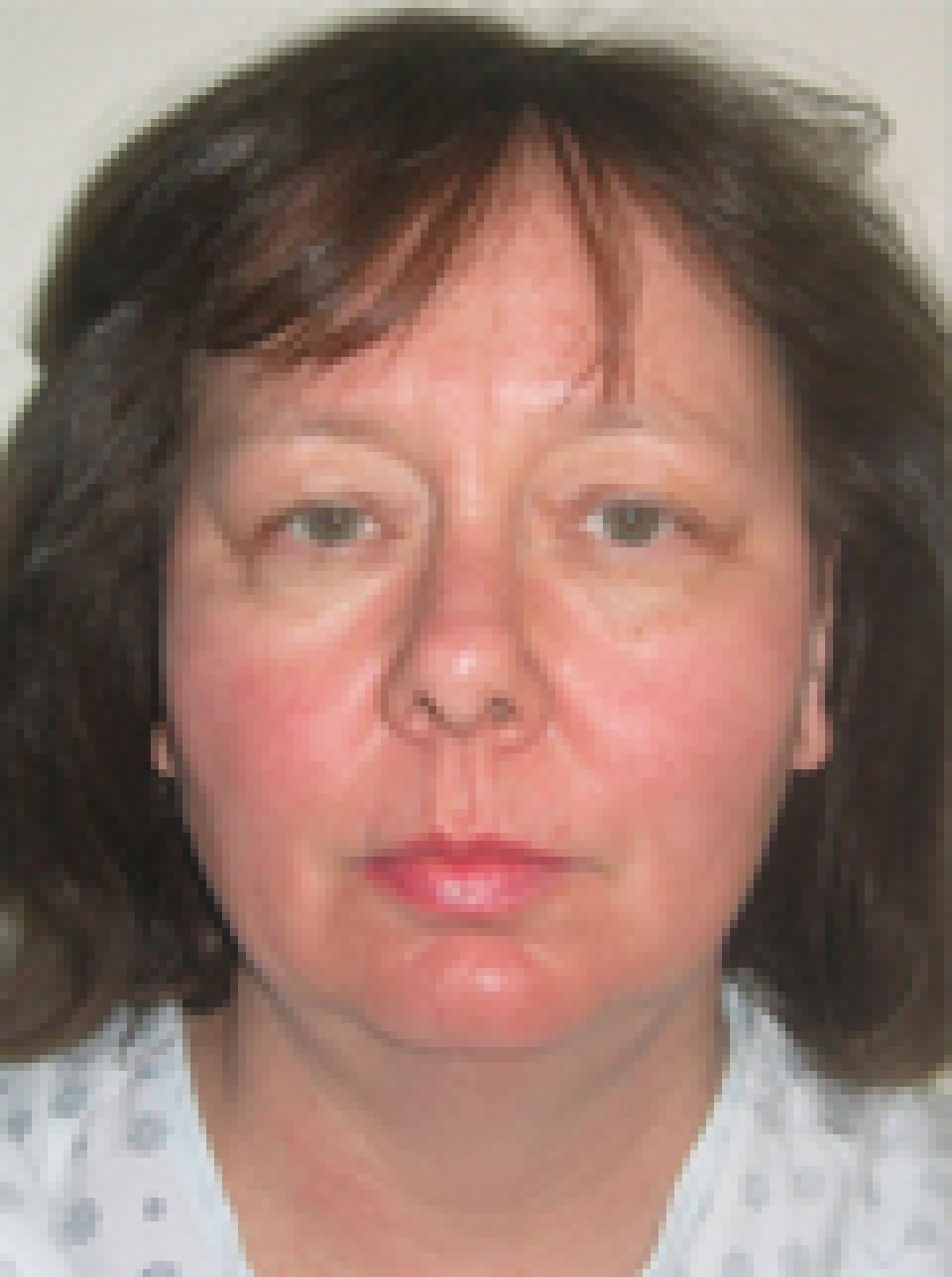Introduction to Facial Surgery
The face is one of the most visible and dynamic assets of the human body. As we are social creatures, both the form and function of the face are integral parts of how we interact with others and how we see ourselves. While the ideals of the perfect body have changed over time from voluptuous to waif to athletic and back, the underlying features of an ideal facial structure have remained surprisingly consistent. Key attributes of the ‘perfect’ face that remain constant are overall geometry represented by both symmetry and proportion and youthfulness. This is true not only across the ages but also from culture to culture.

Considering Facial Surgery?
The face is a combination of individual elements including the brow, cheeks, chin, and jaw that contribute to its overall structure and appearance. Facial surgery is a broad term that takes into account many disparate procedures that change the appearance of specific areas of the face. If you are considering having a cosmetic procedure on your face you should be guided by the ideals of proportion, symmetry and youthfulness and appreciate that there is something to celebrate in everyone’s face, as this is part of what defines you. The most successful facial surgeries are generally procedures that aim to achieve proportion, symmetry and youthfulness rather than attempting to drastically alter too much or too many of these individual elements. Success should be measured in terms of the patient achieving an improved and natural looking face as well as their emotional well-being and satisfaction with the result over the long term.
Some of the challenges that patient’s might face include disproportion of specific features for example a large or hooked nose that dominates the face, small thin lips, or lack of definition in the cheek bones. The sum effect being an imbalance within the overall appearance of the face. Clients may also consider plastic surgery to correct asymmetry within the face. This frequently occurs around the eyes and brows but may also affect the mouth, jaw and cheeks. The third and most recurrent reason for electing for facial procedures is aging. Common concerns related to aging include sagging skin around the eyes, neck, and jaw, puffiness, lines and wrinkles and an uneven skin tone. For clients experiencing these ongoing changes, surgery can help to provide a more refreshed appearance and allow the patient to look as vibrant on the outside as they feel on the inside.
What are my options?
There are a wealth of options available for today’s patient to consider when approaching cosmetic procedures for the face. Many clients now opt for multiple small procedures earlier on to hinder the physical affects of aging and to correct imbalances in their facial proportions. The net effect of which is a more natural and consistently younger looking appearance rather than the overly taught artificial look. Dr Belsley is a strong advocate of creating subtle but significant changes in the appearance of the face and can help you to discover the different procedures that will be appropriate for your specific needs and goals.

General advice for clients considering Facial Surgery
- Approach antiaging procedures with the aim of looking more rested and naturally youthful rather than to change the structure of the face
- Rhinoplasty or facial procedures that involve implants should be carefully considered as they result in significant changes to the face’s structure
- The best candidates for facial cosmetic surgery are people looking for improvement, not perfection in the way they look. If you are physically healthy and realistic in your expectations, you may be a good candidate

